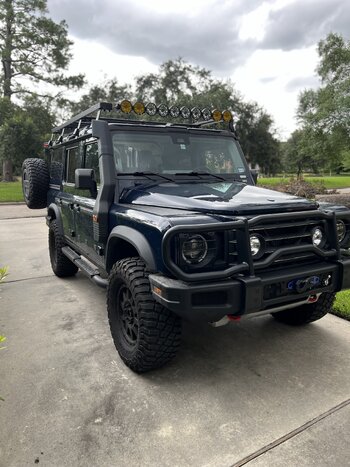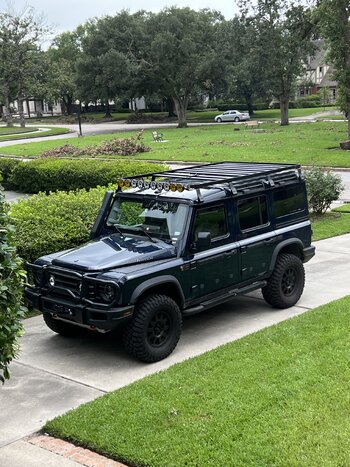Just as paco said. To elaborate, many factory vehicles come with a CV driveshaft that is comprised of bearings, a boot, and grease. This is ok for small tires, low torque, and mild offroad applications. CV’s are also good as axle shafts if beefed up such as RCV’s since the torque transfer works in a different way. As a driveshaft it is a suboptimal component as it is prone to breakage from torque transfer, extreme articulation, or boot failure. All of this is greatly enhanced when lifted as the CV can only handle so much angle before the boot gets pinched and the torque load is placed upon the bearings at a suboptimal angle. What then happens is either the bearings get prematurely worn or dislodged from their races, or the boot gets pinched, dirt gets in, and then grease spews everywhere, the balls fly out, and then the shaft flails everywhere causing potential secondary damage. This is a hard down on the trail either requiring a tow off the trail or pulling the shaft leaving you without 4 wheel drive, unless you carry a spare.
A double cardan replaced this weak design with several key improvements. First, the actual shaft is made from a much stronger and thicker shaft, reducing the threat of twisting or shearing the shaft. Second, a beefy slip yoke is installed to allow for longer travel without risk of over extending or compressing the shaft thus bottoming or dropping the shaft. Third, the CV is replaced with a double cardan or double u joint set up, which is much more robust and also rebuildable. This allows for the shaft to operate under high torque loads at extreme angles without the threat of pinching a boot or operating beyond a CV’s angle capacity.
This is a common theme in the Jeep, rock crawling, and Baja racing community. I’ve seen dozens of shaft failures on the trail, effectively shutting our run down so that we could either repair a rig or at least get it off of the trail. I lost a factory rear driveshaft on the rubicon trail as it was pretzeled off since it couldn’t handle the torque and grip being applied to the 38” tires at the time. Several members of our rock crawling club have grenaded front CV’s on trips simply because they didn’t want to change it out yet. If you plan on staying stock height with a maximum 33” tire, I think the stock shaft is ok, anything beyond that it’s a ticking time bomb.





